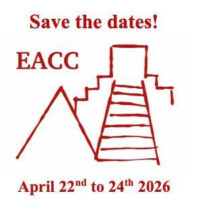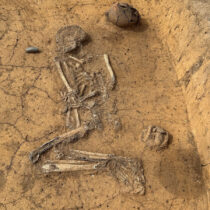Concentrated habitations, distinct in form and use, are observed in Mani, in mountainous and isolated regions, from the Late Byzantine period on. Their special character is obviously due to the use of specific building materials, the financial activities of their inhabitants and mainly the social scheme of these communities: these houses are fortified dwellings of a patriarchal, in its articulation, society. The primary concern of their builders was the fortified character of the edifice that secured an effective defense. This character was dictated and formed by the need for passive protection of the family in periods of political imbalance and lack of central power. Mani is such a typical example throughout its history and especially during the period of Turkish occupation. The alternation of conquerors in the broader area, the rise of theft and piracy, as well as the indisputable and extreme tendency of its people to autonomy, contributed to the formation of its idiomatic architecture and to the survival of an archaic structure in its society (e.g. factions and strong inbreeding), characterized by family vendettas. The sweeping social and economic changes of our time have led to new morphological needs of another way of life, therefore to the abandonment of non-adjustable forms. Thus, the fortified constructions of Kato Mani with their specific functionality, representatives of a peculiar society, today suffer greatly either from an almost absolute abandonment or by often distortive, modern interventions.
Laconic Mani: An Islet of Special Culture and Aeshetic
23 Aug 2012
by Archaeology Newsroom
- A
- A
- A


